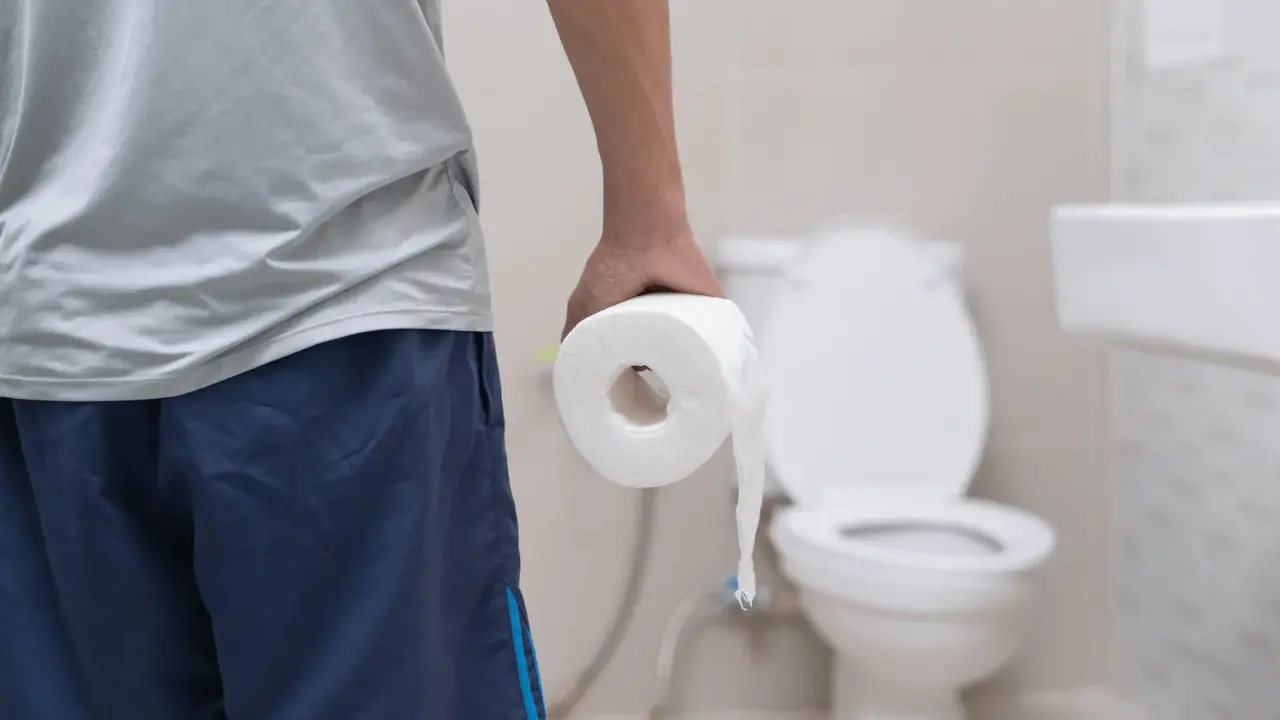Electrolyte imbalance occurs when the levels of electrolytes in your body are either too high or too low, which can disrupt normal bodily functions. Symptoms can include muscle cramps, weakness, confusion, and irregular heartbeat. It’s important to maintain proper electrolyte balance through diet and hydration.
Sodium
Electrolyte imbalance involving sodium refers to abnormal levels of sodium ions in the body, either too high (hypernatremia) or too low (hyponatremia). Sodium plays a crucial role in maintaining fluid balance, nerve function, and muscle contraction.
Hypernatremia occurs when there is too much sodium in the blood, often due to dehydration or excessive sodium intake. Symptoms may include thirst, restlessness, irritability, confusion, and in severe cases, seizures or coma.
Hyponatremia, on the other hand, occurs when there is too little sodium in the blood, usually resulting from excess water intake, certain medications, or medical conditions affecting the kidneys or hormonal regulation. Symptoms of hyponatremia can range from mild to severe and may include nausea, vomiting, headache, confusion, weakness, and in severe cases, seizures or coma.
Both hypernatremia and hyponatremia require medical attention and treatment to restore electrolyte balance and prevent complications.
Functions of Sodium
Sodium plays a vital role in maintaining fluid balance, regulating blood pressure, transmitting nerve impulses, and supporting muscle function. It helps to control the volume of fluid in the body’s cells and tissues, which is essential for proper cellular function. Additionally, sodium is involved in the absorption of nutrients in the small intestine and helps regulate the acid-base balance in the body.
Sources of sodium
- Sodium is commonly found in table salt (sodium chloride), which is added to many processed and packaged foods for flavor and preservation. Other sources of sodium include:
- Processed and packaged foods like canned soups, sauces, and snacks
- Processed meats such as bacon, deli meats, and sausages
- Fast food and restaurant meals
- Condiments like soy sauce, ketchup, and salad dressings
- Bread and other baked goods, as salt is often used as a leavening agent
- Cheese and other dairy products
- Some naturally salty foods like olives and pickles
It’s important to be mindful of your sodium intake, as excessive consumption can contribute to high blood pressure and other health issues.
Healthy sources of sodium
- While it’s important to limit sodium intake, some healthy sources of sodium include:
- Natural sources such as vegetables and fruits: Certain vegetables like celery, beets, and spinach naturally contain small amounts of sodium. Fruits like bananas and oranges also contain some sodium.
- Dairy products: Unsweetened yoghurt and milk contain sodium naturally.
- Nuts and seeds: Some nuts and seeds, like almonds and sunflower seeds, contain small amounts of sodium.
- Whole grains: Whole grain foods like brown rice and quinoa contain some sodium naturally.
- Seafood: Fresh fish and seafood can contain sodium, but it’s typically in lower amounts compared to processed or canned varieties.
These sources provide essential nutrients along with sodium, but it’s important to still monitor overall sodium intake and focus on consuming whole, minimally processed foods.
What happens when sodium levels are too low?
When sodium levels in the body are too low, a condition called hyponatremia occurs. This can lead to various symptoms and complications, including:
- Fatigue and weakness
- Nausea and vomiting
- Headache
- Muscle cramps or spasms
- Confusion and irritability
- Seizures
- Coma (in severe cases)
Hyponatremia can occur due to excessive sweating, vomiting, diarrhoea, or certain medical conditions like kidney disease or hormonal imbalances. It’s important to seek medical attention if you experience symptoms of low sodium levels, as severe hyponatremia can be life-threatening if left untreated. Treatment usually involves addressing the underlying cause and may include fluid restriction or intravenous electrolyte replacement.
What happens when sodium levels are too high?
When sodium levels in the body are too high, a condition called hypernatremia occurs. This can lead to various symptoms and complications, including:
- Excessive thirst
- Dry mouth and sticky saliva
- Restlessness and irritability
- Swelling in the extremities
- Elevated blood pressure
- Rapid heartbeat
- Confusion and disorientation
- Seizures (in severe cases)
- Coma (in extreme cases)
Hypernatremia can occur due to dehydration, excessive sodium intake, certain medications, or medical conditions such as kidney disease or diabetes insipidus. It’s important to seek medical attention if you experience symptoms of high sodium levels, as severe hypernatremia can be life-threatening. Treatment typically involves addressing the underlying cause and may include intravenous fluids and electrolyte management.
Dietary management of low sodium levels
Dietary management of low sodium levels, or hyponatremia, typically involves:
- Increasing sodium intake: Consuming foods that are naturally higher in sodium, such as salted crackers, canned soups (choose lower sodium options if available), olives, and pickles can help raise sodium levels.
- Electrolyte-rich foods: Including potassium-rich foods like bananas, oranges, potatoes, and spinach can help balance electrolytes and support sodium levels.
- Fluid restriction: In cases of severe hyponatremia, healthcare providers may recommend limiting fluid intake to prevent further dilution of sodium in the body.
- Avoiding excessive water intake: While hydration is important, excessive water intake can exacerbate hyponatremia by further diluting sodium levels in the body. It’s essential to drink fluids in moderation and avoid excessive consumption.
- Monitoring processed and packaged foods: Limiting or avoiding processed and packaged foods that are high in sodium can help prevent further fluid retention and exacerbation of hyponatremia.
It’s important to work with a healthcare provider or registered dietitian to develop a personalized dietary plan based on individual health needs and the severity of hyponatremia. In some cases, medical intervention may be necessary to correct sodium levels effectively.
Dietary management of very high sodium levels
Dietary management of very high sodium levels, or hypernatremia, typically involves:
- Fluid intake: Increasing fluid intake, particularly water, can help dilute sodium levels in the body and promote excretion through urine. However, it’s essential to follow medical advice and avoid excessive fluid intake, especially if there are concerns about kidney function or fluid retention.
- Sodium restriction: Limiting sodium intake by avoiding high-sodium foods such as processed and packaged foods, salty snacks, canned soups, and fast food is crucial. Instead, focus on consuming fresh fruits and vegetables, whole grains, lean proteins, and foods prepared with minimal added salt.
- Monitoring medication and supplements: Some medications and supplements may contain significant amounts of sodium, so it’s important to review all medications with a healthcare provider and avoid those that could contribute to high sodium levels.
- Electrolyte balance: Ensuring adequate intake of other electrolytes like potassium, magnesium, and calcium through a balanced diet can help support overall electrolyte balance and may help offset the effects of high sodium levels.
- Medical supervision: Hypernatremia often requires medical intervention, so it’s crucial to follow the guidance of healthcare providers. In severe cases, treatment may involve intravenous fluids, diuretics, or medications to help lower sodium levels safely.
It’s essential to work closely with healthcare providers, including physicians and dietitians, to develop a personalized dietary plan and monitor progress to ensure sodium levels are effectively managed and complications are avoided.
Discover more from Simple Nutrition
Subscribe to get the latest posts sent to your email.







